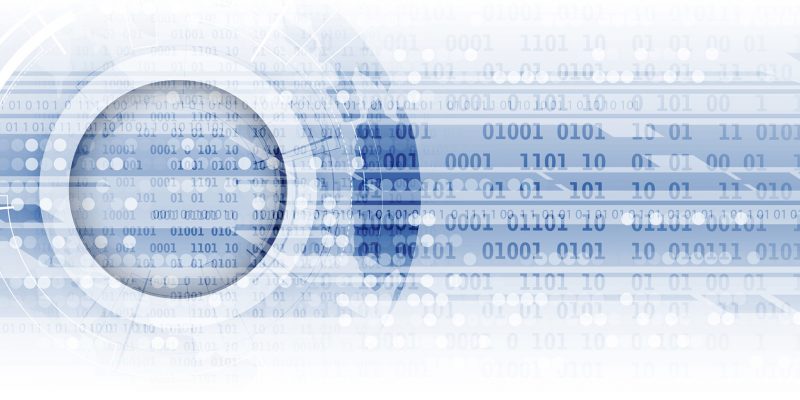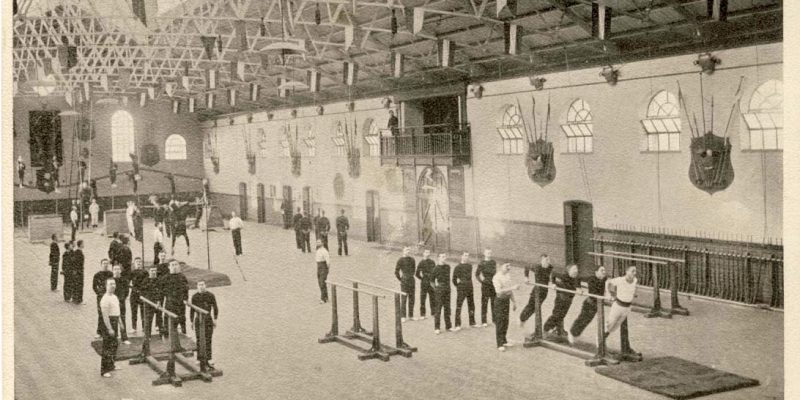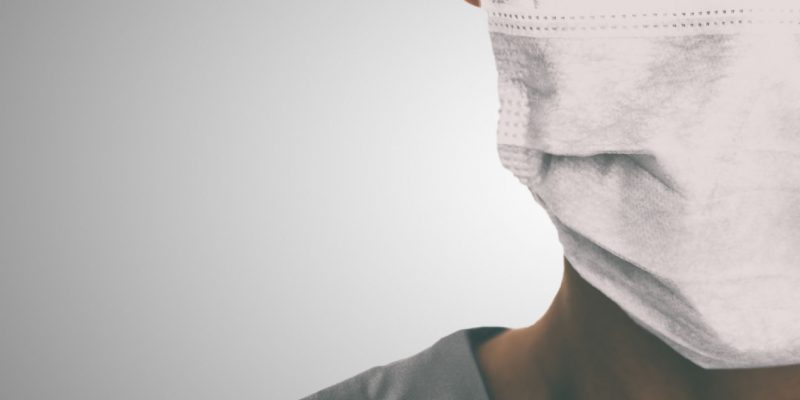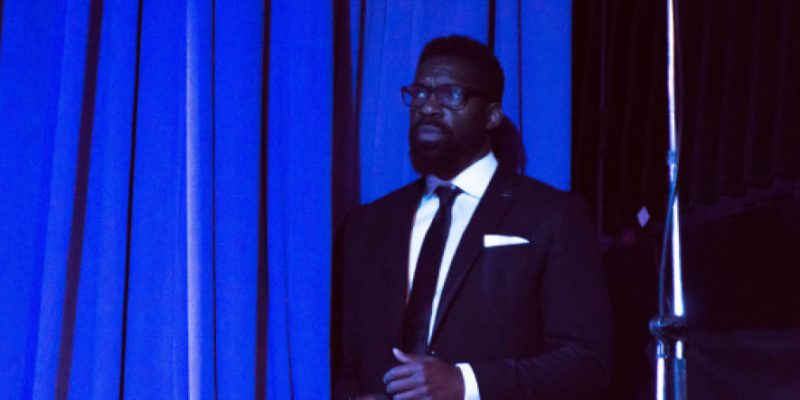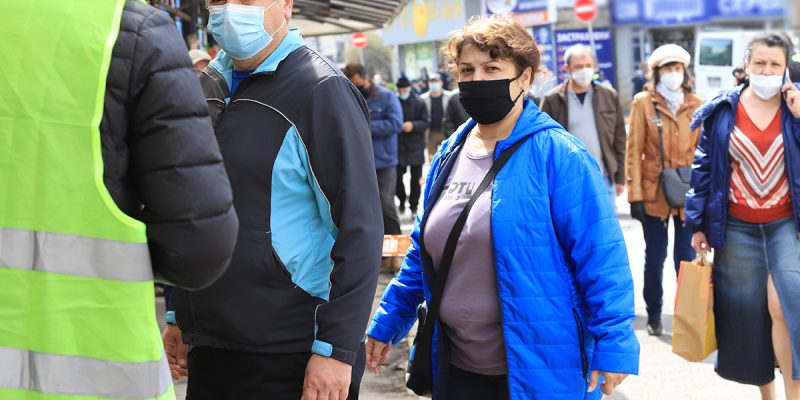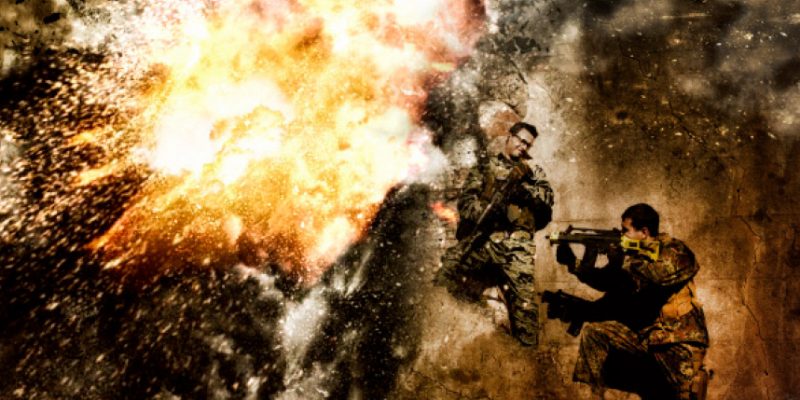Handguns are meant for close-quarter shooting. Think about it; if someone is going to attack, kidnap or rob you on the street, they are going to be close, within conversational range. Now, look around your home or business and see what the maximum distance is that you would have a clear shot at a criminal or terrorist, for most this will be less than 10 yards/meters. This places emphasis on close quarter instinctive shooting over precision target shooting. As part of your training practice for long distance shoots (for handguns, this means over 25 yards), you should try hitting targets out to and over 100 yards. This will improve your handgun skills and show you your capabilities and limitations, but the emphasis should be on close quarter instinctive shooting.
Image Projection – It’s a Psychological Advantage
The term ‘Image Projection’ refers to the tactic of presenting yourself as an Alpha personality in order to discourage a confrontation.
In short, dressing like an Alpha personality prompts respect from people (men and women) and makes you look like a hard target (psychologically).
Counter-Ambush Tactics for Security Professionals – Part 2
The first two of these tenets involve soft skills which are sometimes referred to as Protective Intelligence (PI) and include situational and tactical awareness skills (route analysis and surveillance detection). The third tenet, Defend, requires hard skills such as the use of firearms and security driving. These hard skills may be required if we were unable to prevent or avoid an attack, and we end up in a situation where we have to survive an ambush. Continuing where we left off in Part One, we will finish covering some of the soft skills involved in Protective Intelligence and then move on to discuss the hard skills.
New Data Highlights Cyber Security Skills Shortage
The report showed a growing awareness amongst CSOs about the increasing importance of cyber security, with 54% describing it as a ‘strategic priority.’ But a lack of available talent is preventing many businesses from implementing their cyber security strategies.
Executive Protection Travel Pack
As is common with us all, we love our gear and we can’t get enough. A common discussion in our Facebook group, The Protective Security Group, is travel gear and equipment.
While not meant to be a comprehensive or ‘cookie-cutter’ list, below I share a typical packing of my ‘go-bag’ which I hope you all find useful; at least as a good baseline to add/subtract from for your travel needs.
The Practical Application of Military Physical Training
If you take the four areas that are part of the traditional military model: gymnastics/calisthenics (bodyweight exercise), outdoor obstacle courses (moving efficiently through a range of environments), combat sports (boxing, grappling etc), speed marching (bipedal locomotion); these intrinsically include the main focus physical qualities: mobility, strength, reaction speed, coordination, balance and cardiorespiratory function. If these areas are incorporated into a physical fitness programme, treated as a skill and kept in the majority at a low/medium intensity with bouts of high intensity, the result will be a well-rounded human capable of thriving in the diversities of the modern life.
Creating a Safe Environment – What is a ‘Protective Bubble?’
If you’ve spent enough time around executive protection professionals, you’re no doubt familiar with the concept of creating a bubble around a protectee. It seems simple enough, right? Create the protocols, vet those with which the protectee interacts, and stringently direct the protectee’s activities without deviation.
In reality, of course, creating a safe environment for those elected officials, business leaders and celebrities who require protection by statute, board decree, or simply because they attract unwanted attention is an enormously challenging task that requires tremendous flexibility and innovation from those responsible. Let’s be honest — while many people who require such protection for their own safety understand and appreciate the necessity, they, including some past and current U.S. Presidents, are not always cooperative when faced with security limitations.
Hiding from OSINT
It often comes as a surprise just how much is available, and the nefarious uses it can be put to. OSINT can be applied towards defensive purposes, but we will be looking only at malicious purposes. One of the biggest challenges of OSINT is not merely recognising it as a threat, but encouraging the behavioural change needed to protect against it widely enough. It is not enough simply for a principal to stop posting Instagram pictures of their travels in order to hide them – their colleagues, friends, family, and employees also need to be aware of the need to take care with information which could be misused.
Industry News
We cast our eye over the main stories impacting the security industry. Here’s what’s appeared on the radar since the last issue.
Protecting the Principal in a Pandemic
From an operational perspective, CPs need to go back to fundamentals and apply the golden rules of protection planning and risk assessments to medical scenarios. For instance, from a strategy perspective, many HNW bought ventilators only to later discover that they would never be delivered due to shortage. So, it’s important to think how do we improve our planning and strategy from the outset to account for the unexpected? Scenarios and risks should be assessed as always in a well thought out threat matrix.
Keeping Your Edge – Measured Responses in Tour Security (Part II)
These challenges can take the form of unintentional harm coming by way of a prop, stage equipment, or something as simple as a slip and fall caused by a long dress and high heels.
Whenever we can, we as Protectors must try and anticipate, correcting or counteracting the occurrences that can cause this harm. This is usually done during the Site Advance at which time we do a walk-thru of the areas that the VIP will be visiting, in this scenario, the stage. It is at that time we will perform a visual inspection of the stage and the props, go hands-on with items the Protectee might come into contact with, such as the guard railing, and enlist the help of experts to answer questions that are beyond our realm of expertise, such as how the overhead lights are connected to the scaffolding.
The Fallacy of the Individual Bodyguard
It was the height of British military and government involvement in the ill-fated NATO-led effort to crush the Taliban, and Kabul was inundated with people needing close protection services. From diplomats attempting to build infrastructure and civil institutions to corporate honchos sniffing out potential business opportunities, there was no shortage of clients for security firms to pitch. As my conversation with the in-country manager progressed, I broached the subject of IBGs – individual bodyguards. I told him in no uncertain terms that the idea of having an individual effectively carry out the functions of a close protection team was utter and absolute flannel. His response: “Maybe, Bob. But it brings in the dollars!”
Defining Professionalism in the Personal Protection Industry
Not because there is less work out there, in fact, the opposite is probably true. With global threat levels at an all-time high, there is more work in the security industry now than there ever has been and the security industry is booming, but it’s harder to find work because there are now thousands more so-called ‘qualified’ CPOs chasing after every position. It is a fact that most licensed operators have never actually done a day’s close protection work in their lives. At the time of writing this article, there are over 14,000 valid, UK, CP licences. Yes, over fourteen thousand people in the UK currently have a license to operate as a Close Protection Officer.
Security Industry Association Announces New SIA Women in Security Scholarship Opportunity
“The SIA Women in Security Forum works to grow and retain leaders in the security industry,” said Gloria Salmeron, director of human resources at Brivo and co-chair of the scholarship committee. “With the addition of this new scholarship, we look forward to helping bring opportunities for further education and advancement to as wide a spectrum of people as possible and inviting individuals to participate in the Women in Security Forum.”
Counter-Ambush Tactics for Security Professionals – Part 1
By far the best method to accomplish this goal is to adopt a predictive, preventative strategy for protecting clients based on the tenets of Detect, Deter, and Defend. To effectively employ these tenets, we need some very specific soft and hard skills. In the protective operations world, the “soft” skills are sometimes referred to as Protective Intelligence (PI) while in other security disciplines they are referred to as situational and tactical awareness skills. If we are unable to prevent or avoid an attack, we need to have some expertise in specific “hard” skills such as use of firearms and security driving so that we can survive an ambush.
Security Challenges In The Coronavirus Era
One thing we as humans excel in is our ability to adapt and overcome. While it may take time to return to a sense of normalcy, what we can do in the present moment is find ways to continue moving forward with our lives as we are still learning about this rapidly evolving virus. […]
Tactical Vs Tacticool
The ‘tactical culture’ had flourished over the last few years, mainly due to the proliferation of video cameras and increasing engagement with social media platforms, which I believe is causing the lines between reality and the ‘tacticool’ entertainment world to become very, very blurred…
It takes very little these days to be a part of the tactical sub-culture that is trending, here’s how to do it. Simply, purchase a gun, where legal, get your hands on some tactical clothing, buy a bunch of ‘black op’ accessories, plug into ‘Soldier of Fortune’ social-media channels and perhaps even take some no-fail tactical training courses, then after a few months, hey presto, you’re an expert! Whereas, in the good old days, the only option, if you wanted this lifestyle, was to join the military – preferably the Infantry!
Social Media & Social Management
Social media can quickly become all things to all people meaning that one can find exactly what they’re looking for at any time, anywhere, and at the stroke of a key, or swipe of a computer screen. However, the technology can also work against you when someone is negligent in their use or management of it.
Deciding How To Start Your Career In Close Protection
Who, when initially looking for a close protection course, tried to find the cheapest course and quickest route possible to your badge? Who researched their training provider and checked out all the credentials and qualifications of their instructors?
Who doesn’t intend to do any other training until they find at least some work to pay back their initial training costs? Who, reading this, has attended an ‘accredited’ training course but has actually never yet done a day’s work as a designated protection officer? I could go on, but well… you get the picture!
How To: Secure Calls and SMS with Signal
Signal uses phone numbers to identify contacts, however encrypted messages and calls use a data connection with a secure tunnel between participants. Intervening servers or infrastructure do not have access to the encryption keys, and so cannot realistically eavesdrop on any communications even if compromised. On Android Signal can be set up to replace your default text message client, and will handle unencrypted SMS messages as well.



